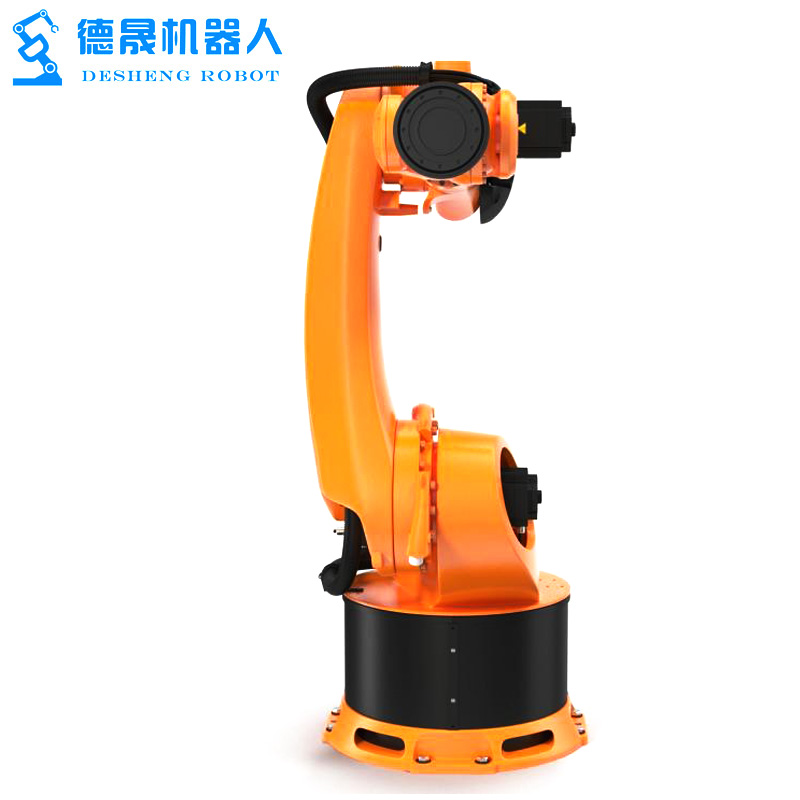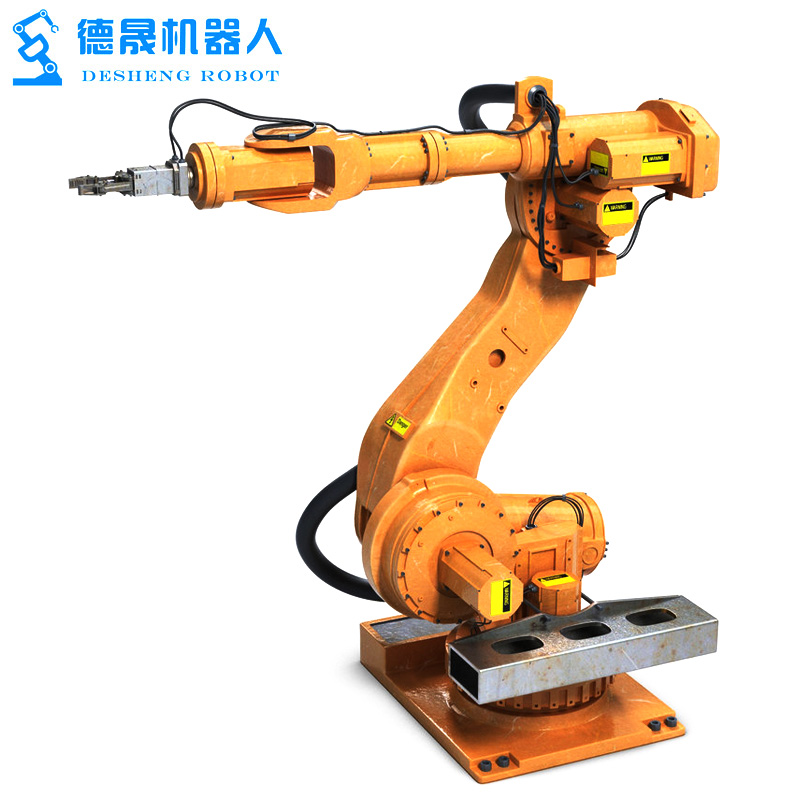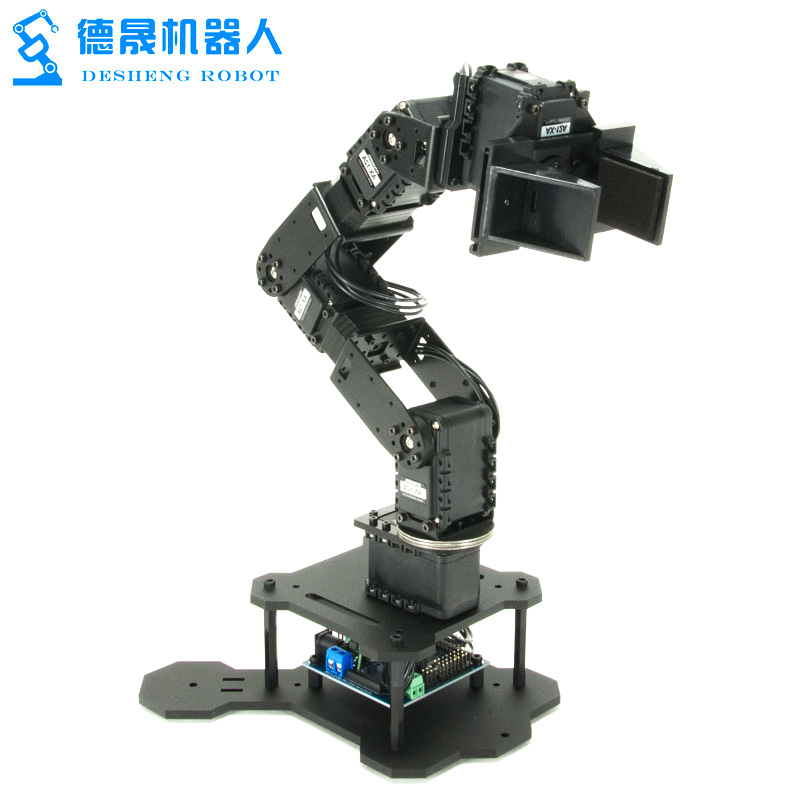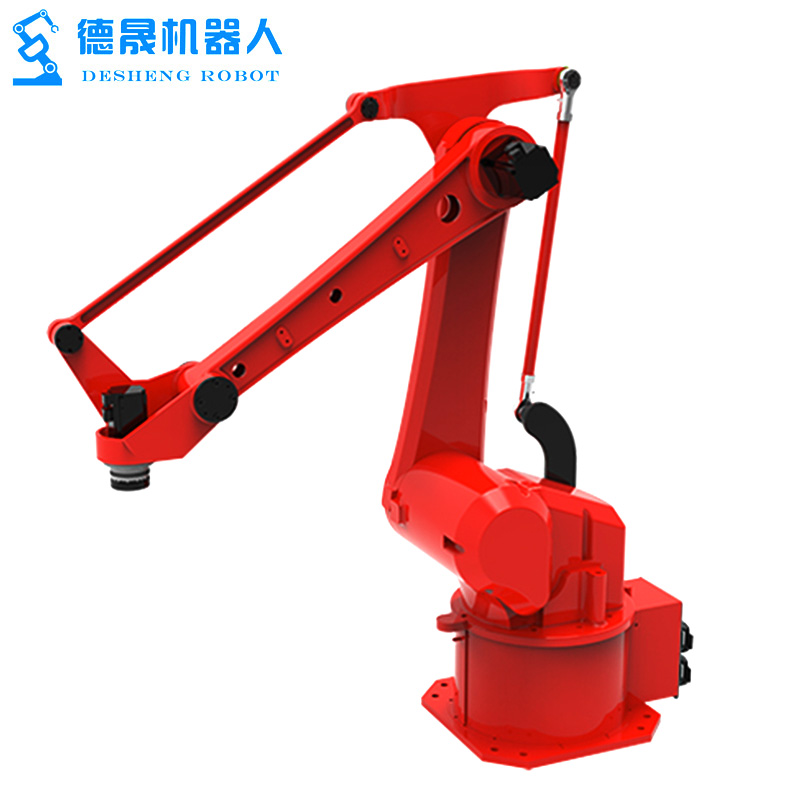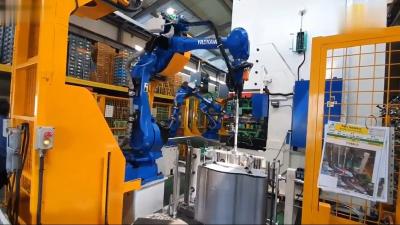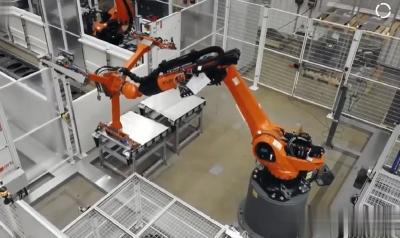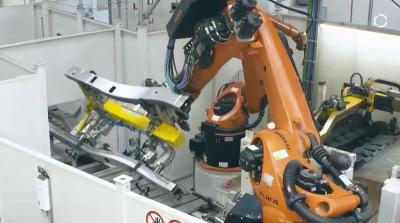Robotics And Automation Technology
Advantages of Robotics And Automation Technology:
1,Increased productivity: Robots and automation systems can perform tasks with high speed and accuracy, resulting in improved productivity. They can work continuously without the need for breaks or shifts, ensuring uninterrupted operation and efficient production.
2,Enhanced safety: With automated systems, hazardous tasks can be delegated to robots, thereby reducing the risk of injury to human workers. This technology allows humans to focus on supervisory roles, improving overall workplace safety.
3,Cost savings: Robotics and automation technology can lead to long-term cost savings. By automating repetitive tasks, companies can eliminate human errors and reduce labor costs. Additionally, robots can optimize resource utilization, minimize waste, and improve overall process efficiency.
Robotics And Automation Technology:
Robotics and Automation Technology refers to the field of engineering and science that deals with the design, development, and application of robots and automated systems. These technologies have revolutionized various industries, including aerospace. Aerospace robots are specifically designed for tasks such as assembly, maintenance, and inspection of aircraft and spacecraft.
Robotic arm companies play a crucial role in the development and production of industrial robots. These companies specialize in designing and manufacturing robotic arms, which are essential components of industrial robots. Robotic arms are versatile and can be programmed to perform a wide range of tasks with precision and efficiency.
Industrial robots consist of various components that work together to perform tasks. Some common components include actuators, sensors, controllers, and end effectors. Actuators provide the necessary movement and force to manipulate objects, while sensors enable robots to perceive their environment. Controllers are responsible for programming and controlling the robot's movements, and end effectors are the tools or devices attached to the robotic arm for specific tasks.
In conclusion, robotics and automation technology, aerospace robots, robotic arm companies, and components of industrial robots are all integral parts of the ever-evolving field of robotics. These advancements have greatly improved efficiency, accuracy, and safety in various industries, including aerospace.
PARAMETERS:
Model | DS-R6-08 | DS-R6-10 | DS-R6-20 | DS-R6-50 | DS-R6-165 | |
DOF | 6 | |||||
Driving Mode | AC Servo Driving | |||||
Effective Load | 8KG | 10KG | 20KG | 50KG | 165KG | |
RepeatAccuracy | ±0.05mm | |||||
Working radius | 1400mm | 1589mm | 1595mm | 1950mm | 2483mm | |
Weight | 180KG | 180KG | 290KG | 600KG | 1300KG | |
Motion | J1 | ±170 | ±170 | ±170 | ±180 | ±180 |
J2 | ±120~-85 | ±120~-80 | ±132~-95 | ±130~-90 | ±80~60 | |
J3 | ±85~-165 | ±85~-165 | ±73~-163 | ±75~-210 | ±80~-190 | |
J4 | ±180 | ±180 | ±180 | ±360 | ±360 | |
J5 | ±135 | ±135 | ±133 | ±115 | ±115 | |
J6 | ±360 | ±360 | ±360 | ±360 | ±360 | |
Max Speed(°/s) | J1 | 130 | 130 | 147 | 158 | 100 |
J2 | 130 | 130 | 100 | 149 | 90 | |
J3 | 130 | 130 | 135 | 130 | 104 | |
J4 | 270 | 270 | 300 | 215 | 144 | |
J5 | 170 | 170 | 198 | 251 | 160 | |
J6 | 455 | 455 | 194 | 365 | 215 | |
Power | 4KVA | 4KVA | 6KVA | 14KVA | 31KVA | |
Voltage | 380V or 220V | |||||
Frequency | 50Hz or 60Hz | |||||
DIMENSIONAL DRAWINGS:
ROBOT CONTROLSYSTEM:
APPLICATIONS:
1,Assembly: Articulated robots excel in assembly tasks, where they can precisely manipulate and join parts together. They can perform intricate movements and handle different component sizes and shapes, making them ideal for industries like electronics, automotive, and manufacturing.
2,Welding: The flexibility and high repeatability of articulated robots make them well-suited for welding applications. They can be programmed to carry out complex welding patterns with precision and consistency. Robotic welding not only improves accuracy but also enhances worker safety by reducing exposure to hazardous conditions.
3,Material Handling: Articulated robots are extensively used in material handling tasks, such as picking, placing, and packaging. Their ability to manipulate objects from one location to another enables efficient and streamlined logistics operations in industries like logistics, warehouse, and e-commerce.
FEATURES:
1,Flexibility: Articulated robots have multiple joints that provide a high degree of freedom. This allows them to reach and maneuver in complex and confined spaces, making them versatile for a wide range of tasks. Their flexible nature enables them to adapt to various work environments and handle different object shapes and sizes.
2,Precision: With their precise motor control and advanced sensors, articulated robots can achieve high levels of accuracy. They can perform intricate movements with repeatability, ensuring consistent results. These robots are often employed in tasks that require precise positioning, such as assembly or painting.
3,Payload Capacity: Articulated robots are designed to handle varying payload capacities. They can be equipped with different end effectors to accommodate different weights and sizes of objects. This feature makes them suitable for tasks that involve lifting, moving, or manipulating heavy objects, such as material handling or loading and unloading operations.
OUR SERVICE:
PACKAGE AND SHIPPING:
CERTIFICATIONS:
COOPERRATION PARTNER:
EXHIBITION:
MORE PRODUCTS:
CONTACT US:


